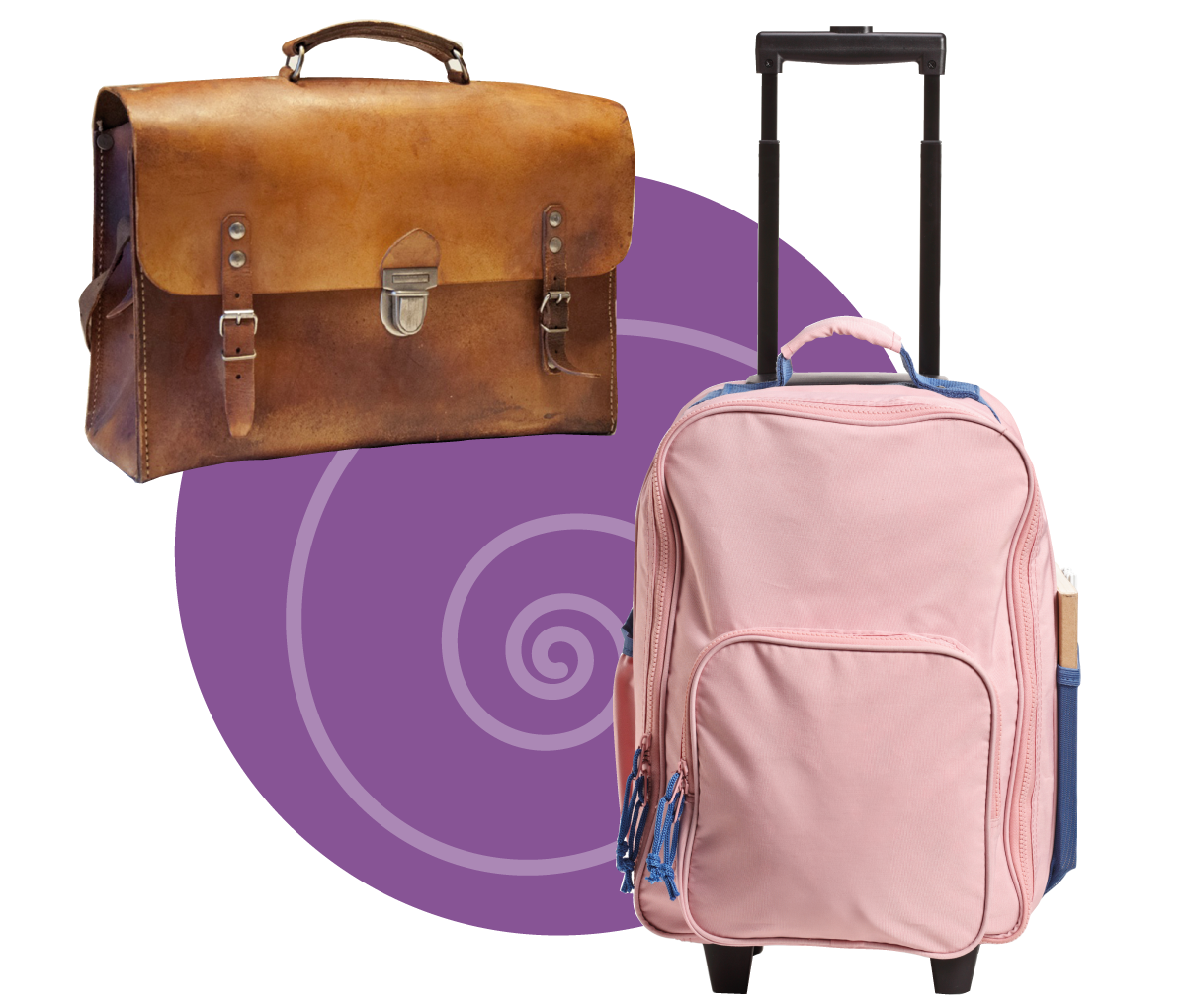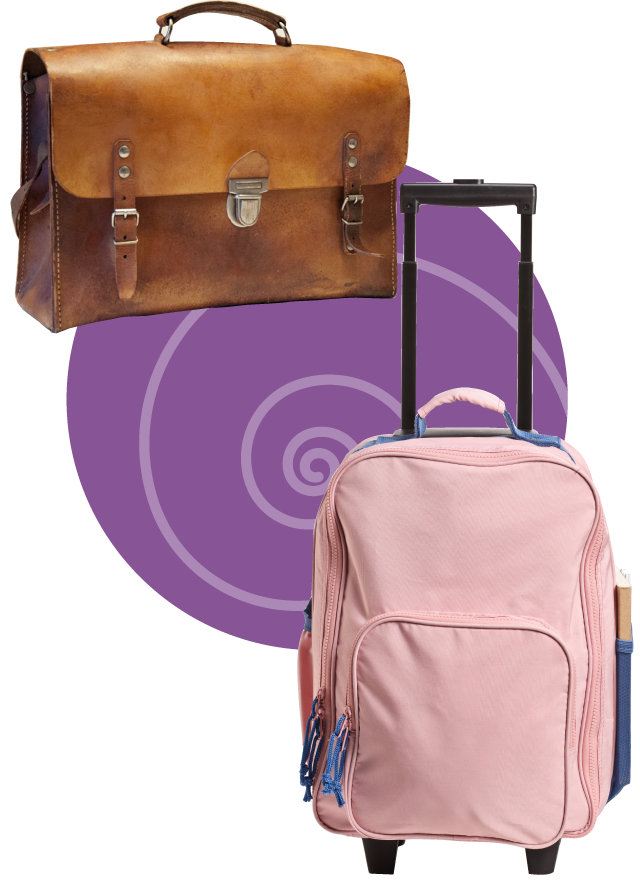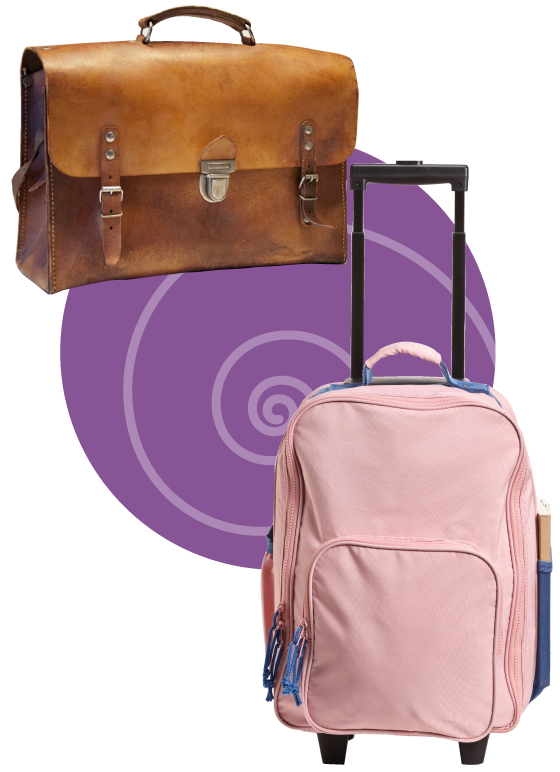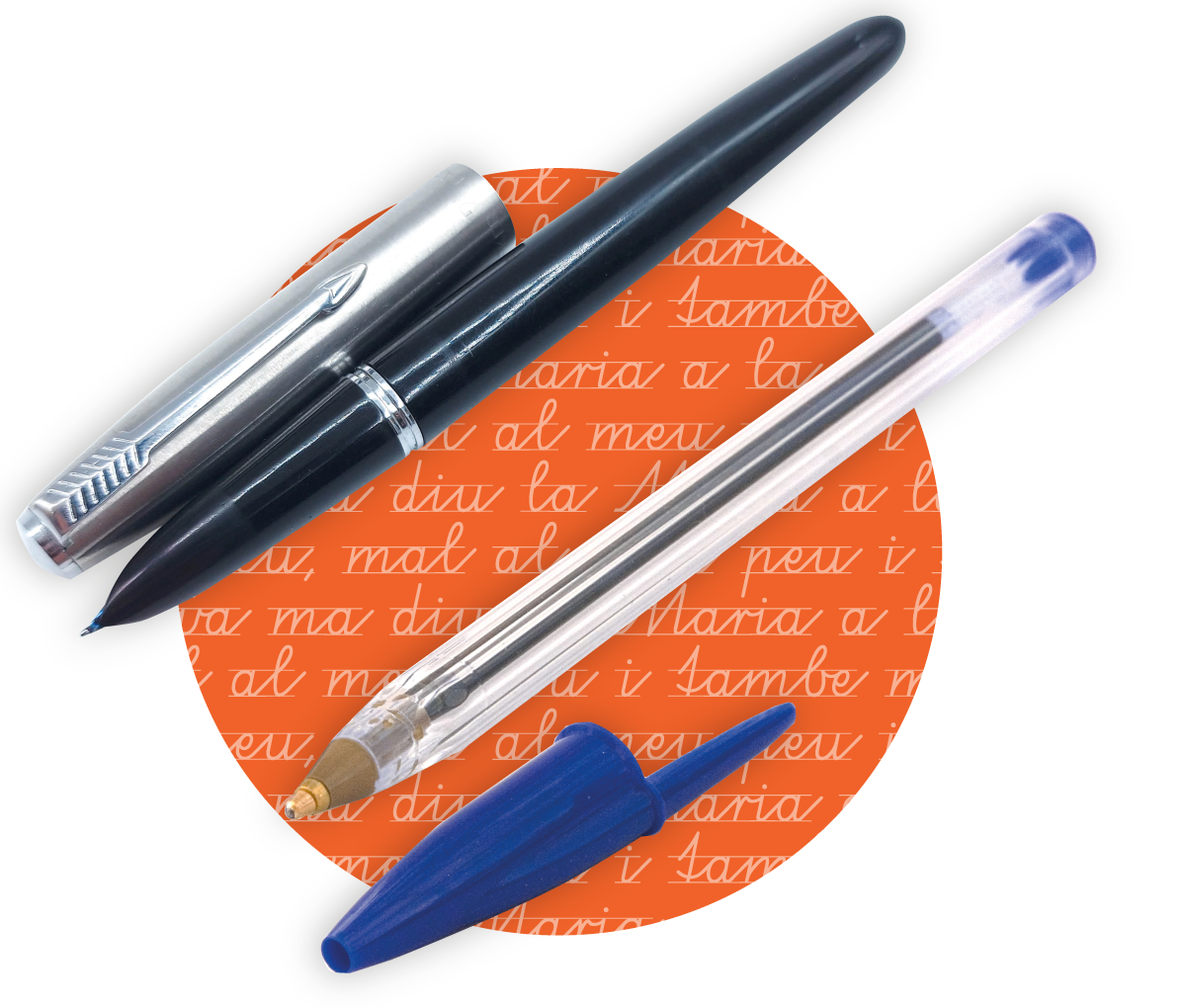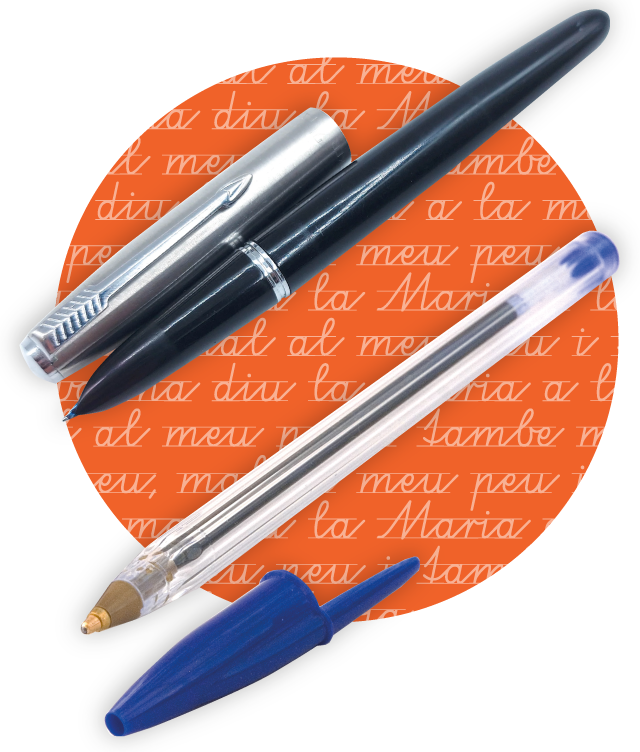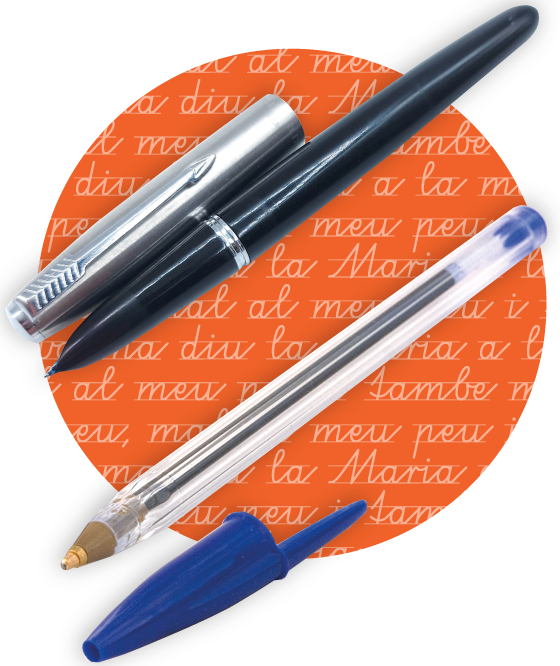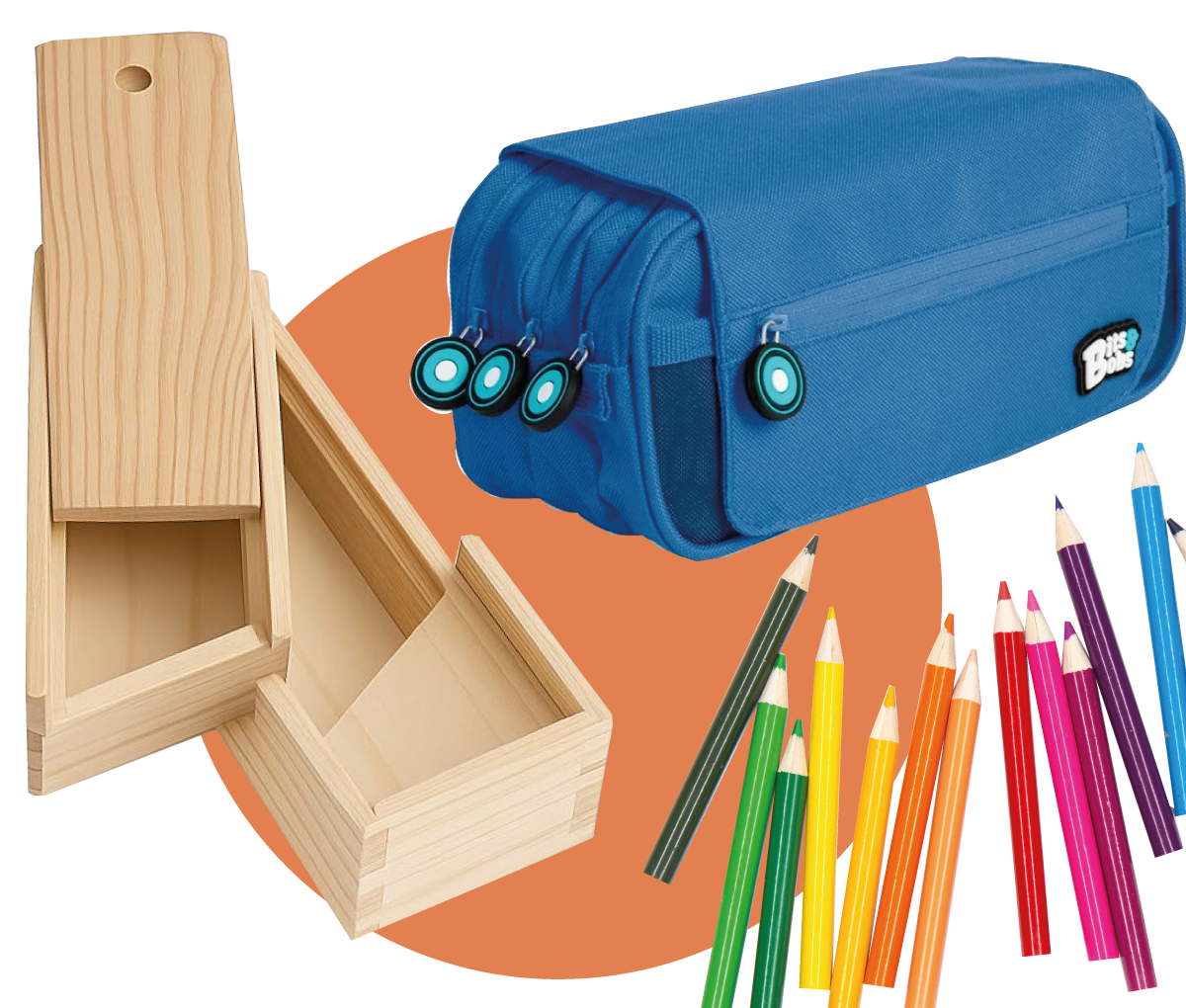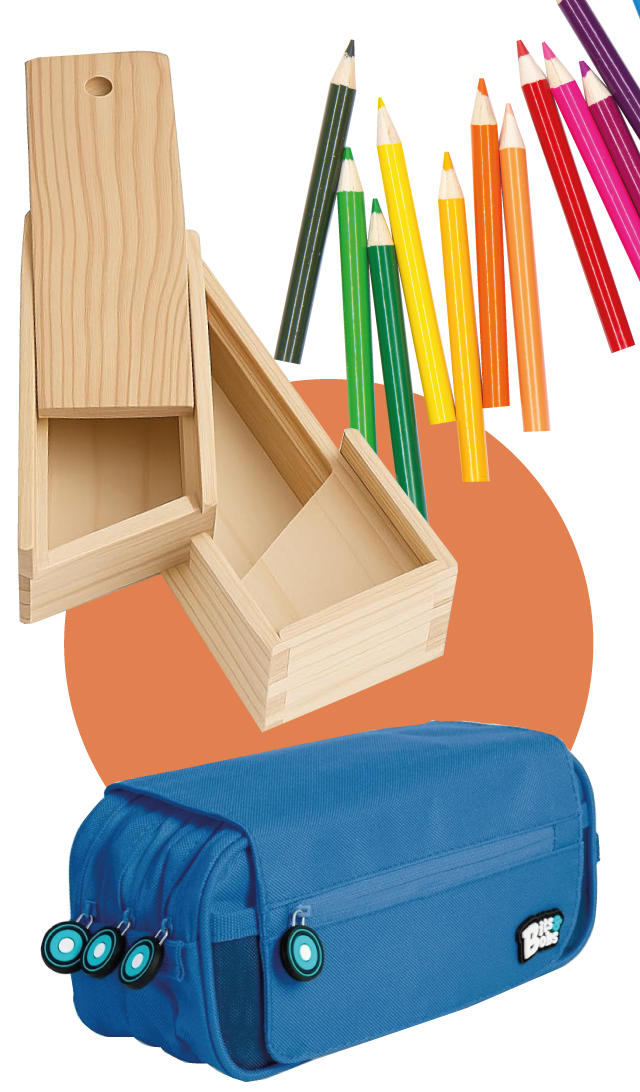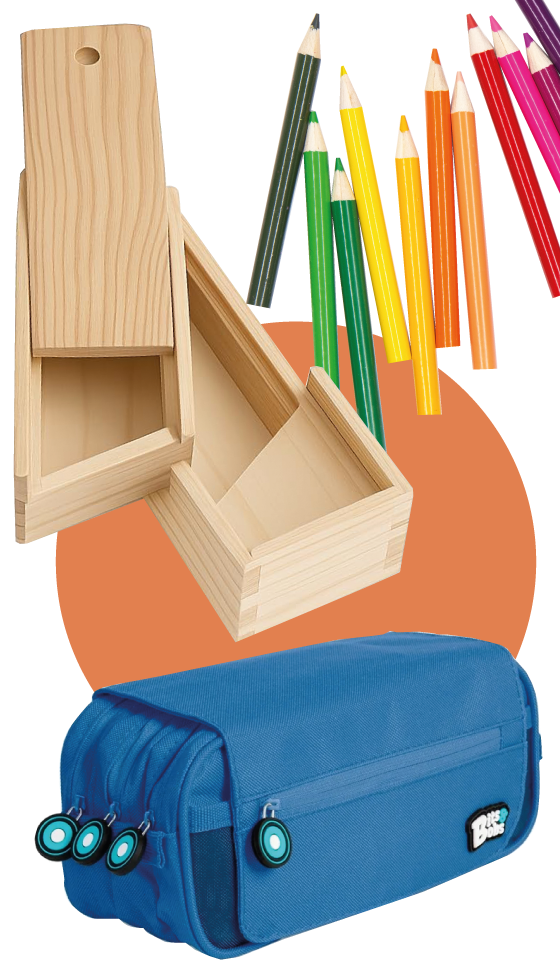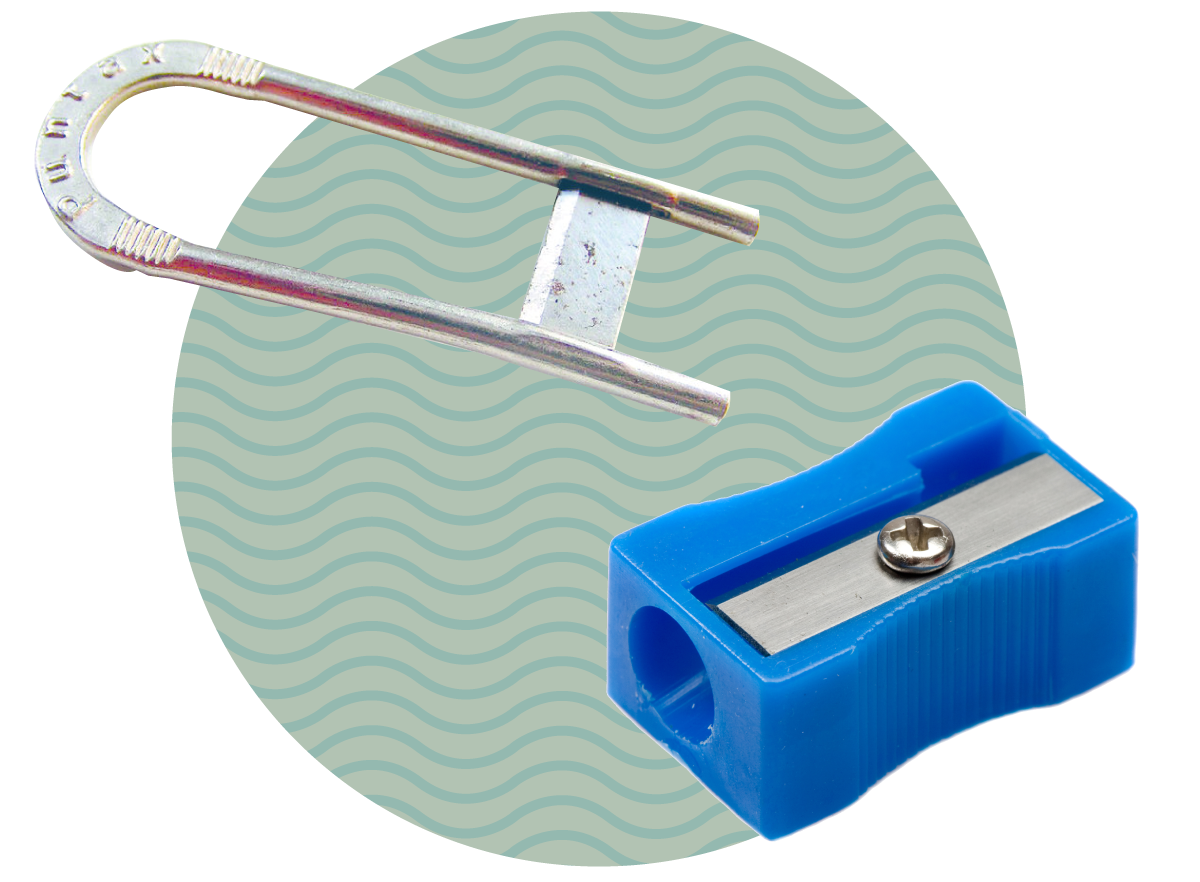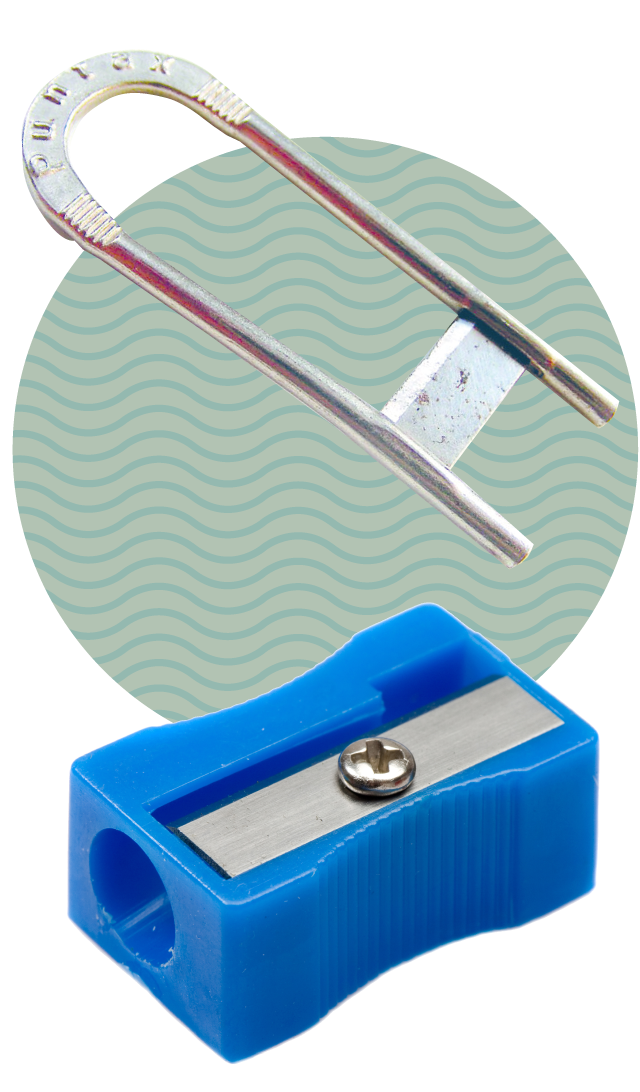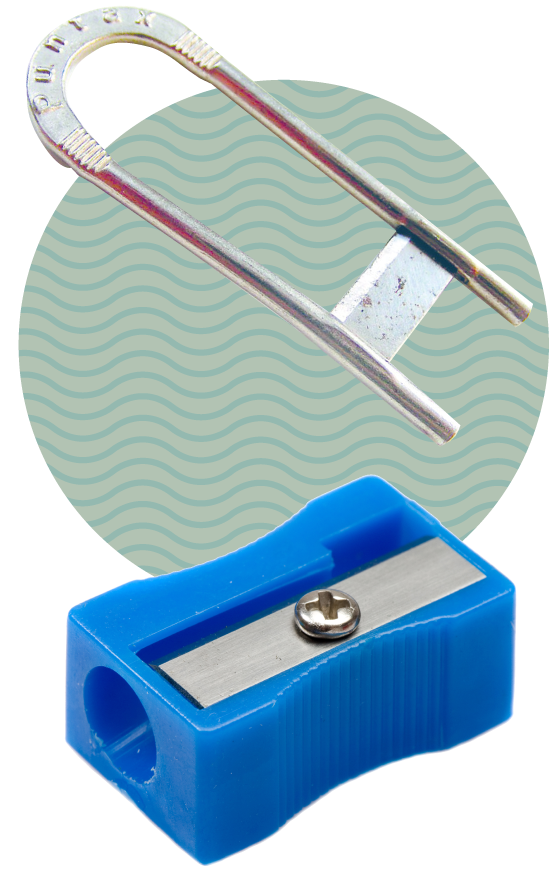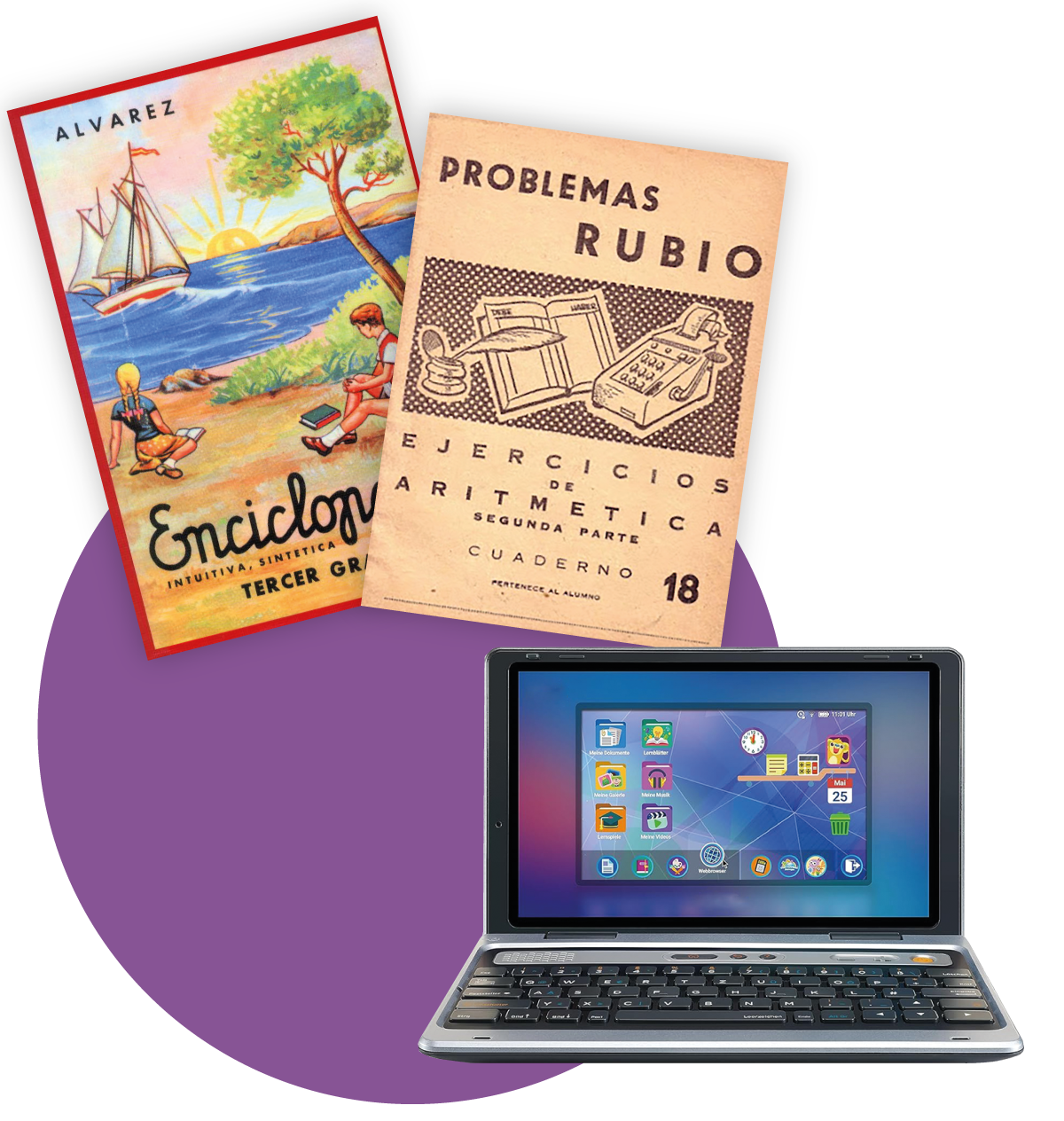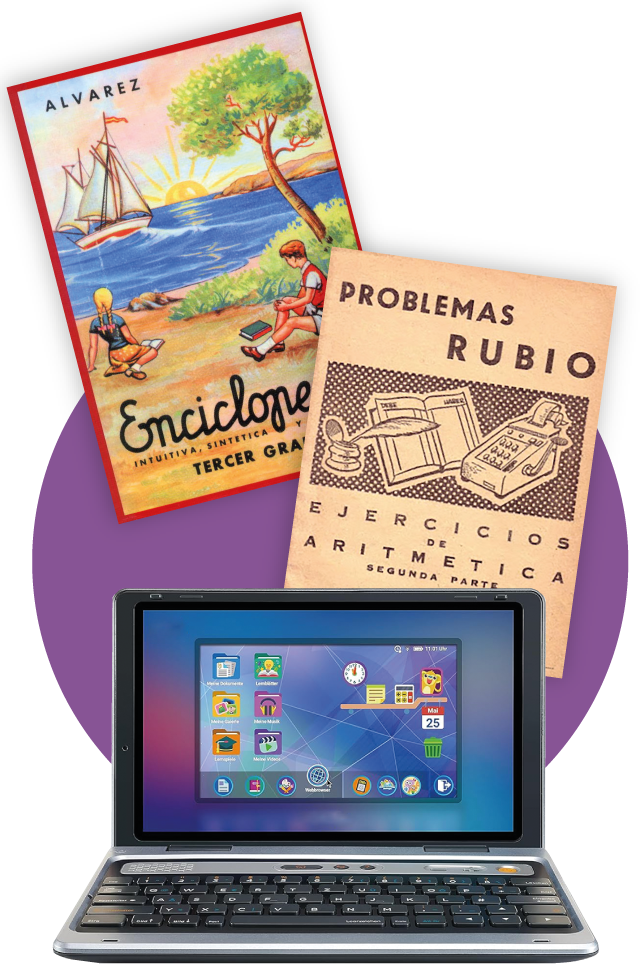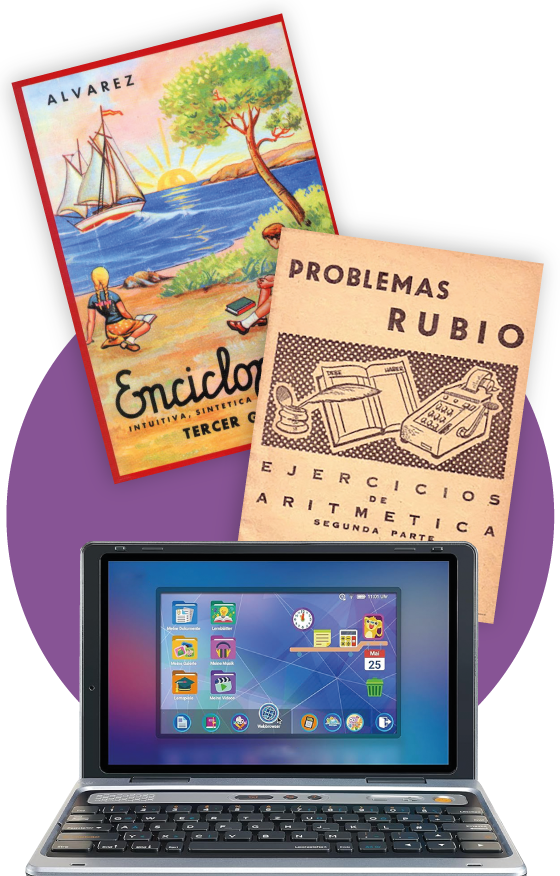From wooden pencil case to zippered pencil case: how have school supplies changed?
Fashion trends, technological advances and health concerns among young people have transformed the landscape of schools and colleges.

As anyone with access to family heirlooms knows, school supplies have changed radically in just a few decades. Not only because of the arrival and dominance of plastic over other materials: fashions, technological advances, and concerns about the muscular and bone health of young people have transformed a school landscape that had a very different appearance for previous generations. From briefcases and pens to wheeled backpacks and small tables, the evolution of school supplies reveals a constant tension: to relieve the body and the expense without losing functionality. The objects change, but the underlying question remains: what resources does a child need to learn well and grow without overload, either physical or financial?
From briefcase to backpack (with or without wheels)
Young people born in the 1950s and 1960s will remember going to school with their briefcase under their armpit. This elegant brown object, made of leather or imitation leather, with a flap and typically gold-plated metal trim, accompanied many students, with the advantage of revealing what's inside at a glance. However, briefcases also had a drawback: they concentrated the weight on one side of the body and kept one hand busy.
Its gradual disappearance—or limitation to a social sector of professors and businesspeople—partly explains the convenience of its replacement: the backpack. But it's worth remembering that not all backpacks are the same. The Catalan government's Health Channel lists a set of suggestions for choosing and using them. In addition to the utopia of children leaving their backpacks well packed at nightfall to avoid forgetfulness, shouting, and morning rushes, they recommend using bags with wide straps, padded backs, and belts that fasten at the abdomen, which help distribute the weight better. The Catalan government also recommends that the bag be placed on the lumbar area and carried with both handles, contrary to the trend that has been promoting for decades that it is more cool who carries the bag lower and only on one side.
Wheeled backpacks, which were intended to compensate for excess weight and were a success during the first years of this century, can also have negative implications if not used properly. Incorrect use of this type of bag can overload one side of the body more than the other, and according to a study byApplied Ergonomics(2019), dragging more than 20% of body weight alters gait kinematics.
From pen to ballpoint pen
Although almost all children use pens or pencils today, the fountain pen was long the primary writing tool in classrooms. In 1827, Romanian Petrache Poenaru patented one of the first pens with an internal reservoir, which increased its autonomy but did not prevent ink leakage, with fatal consequences for desks, notebooks, and hands. Despite their gradual disappearance, there are still those who defend them, either because they do not see the "extra weight" as something negative but rather as an element that accompanies writing, or because they appreciate the aesthetics. vintageHowever, the most popular are Bic pens, with a model the French company boasts hasn't changed since 1955, and erasable pens, which include an eraser that erases the ink—much better than Pelikan erasers.
From the wooden pencil case to the zipper case
One utensil that's almost impossible to find in classrooms today is the characteristic two-compartment wooden feather dusters. Their textile heir, rigid but with zippers and compartmentalized pockets, still survives in schools, especially among children who want to carry as many materials as possible with them and be as clean as possible. It's common to find soft, handy fabric pencil cases that fit easily into any corner of a backpack. These features would have been unthinkable for containing pens with their messy tendencies years ago.
From the guillotine to the pencil sharpener
The strangest creature in the ecosystem of old pencil cases was probably the Puntax pencil sharpener, the utensil resembling a small guillotine used to sharpen pencils. It was sharpened thanks to a quick, precise, and dangerous gesture by the user, which put their fingertips at risk. Today, many pencil sharpeners are covered in plastic and have a very narrow opening, perhaps designed to fit comfortably in the shape of the hand, or to prevent little ones from experiencing what happens when, instead of sharpening a pencil, they sharpen a finger.
From physical to digital book
The introduction of technology in classrooms has also led to a gradual replacement of textbooks with their digital counterparts. The advantage is twofold: less weight in backpacks and, in theory, less expense. However, at the same time, it entails disadvantages that go beyond the debate about whether screens diminish children's reading ability: on the one hand, families must bear the cost of the electronic devices on which the books appear; on the other, there is no secondhand market for digital books, a common option among buyers of physical books. According to the price comparison site Idealo, 30% of families bought secondhand school supplies.
The economic cost of returning to school
The transformation of materials also has an impact on families' wallets. The average back-to-school budget has exceeded €500 per child for the first time this year, according to Idealo. Books still account for the largest share of the expense: physical books cost an average of €366, while digital books come in at €192, plus the cost of electronic devices.
